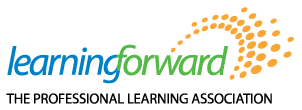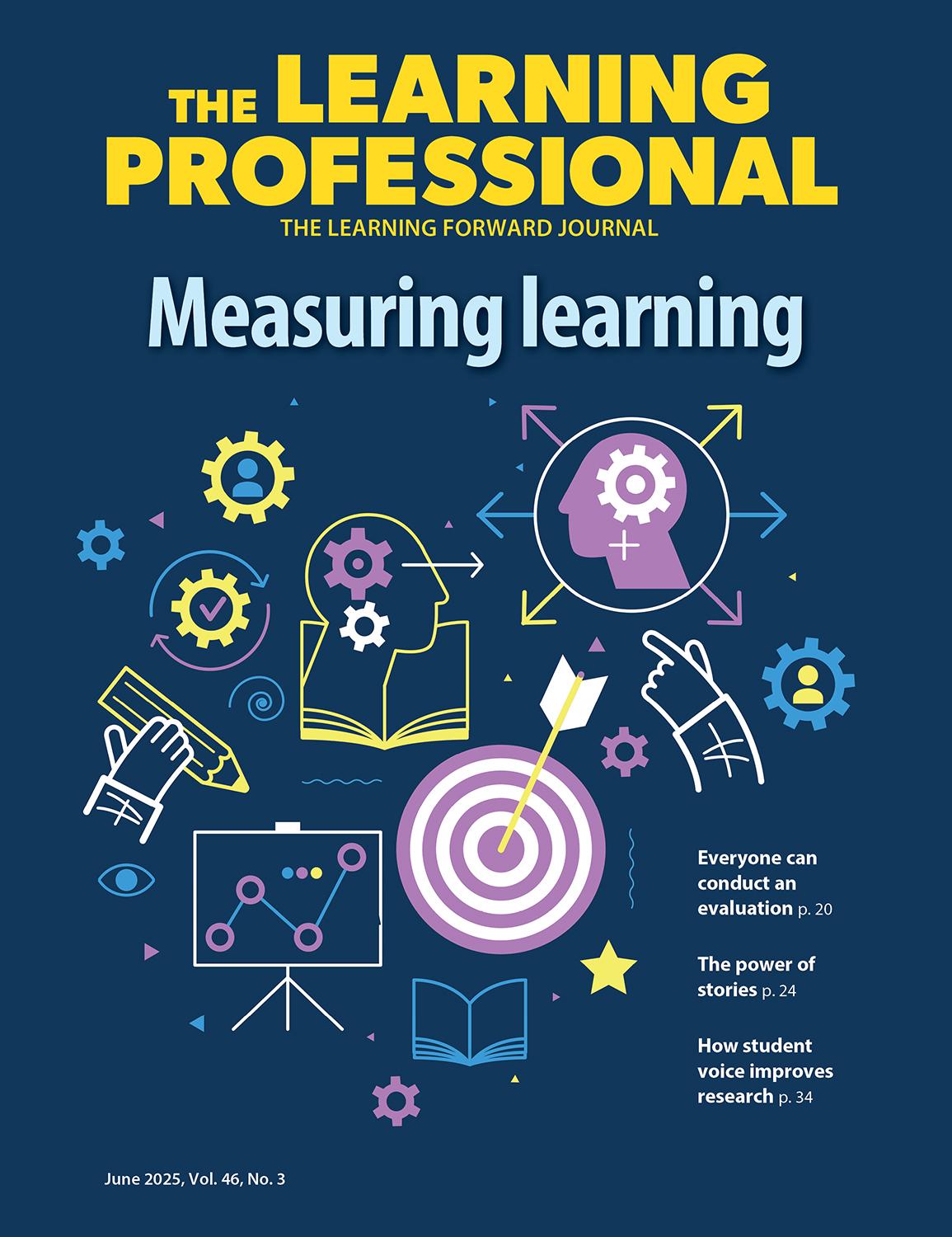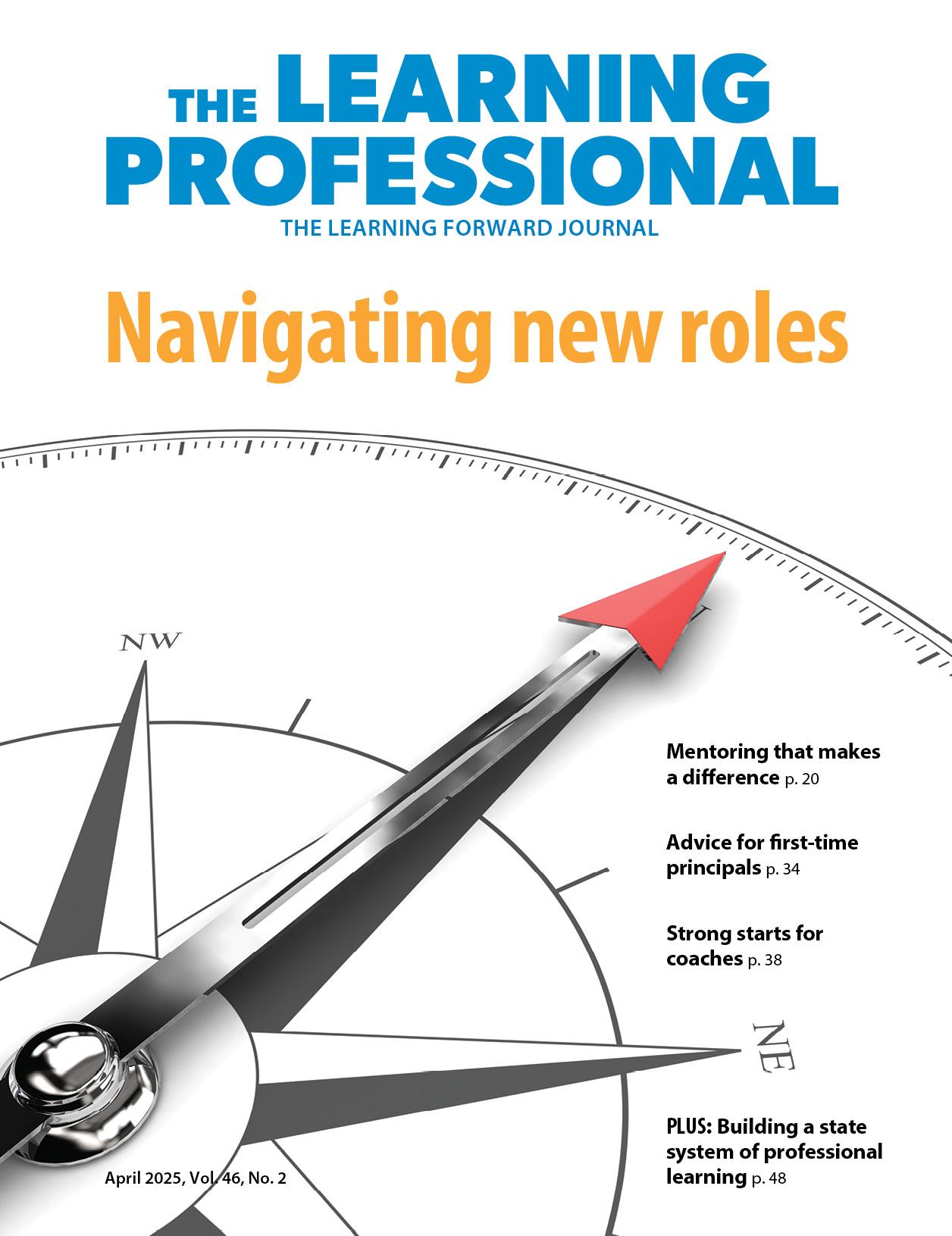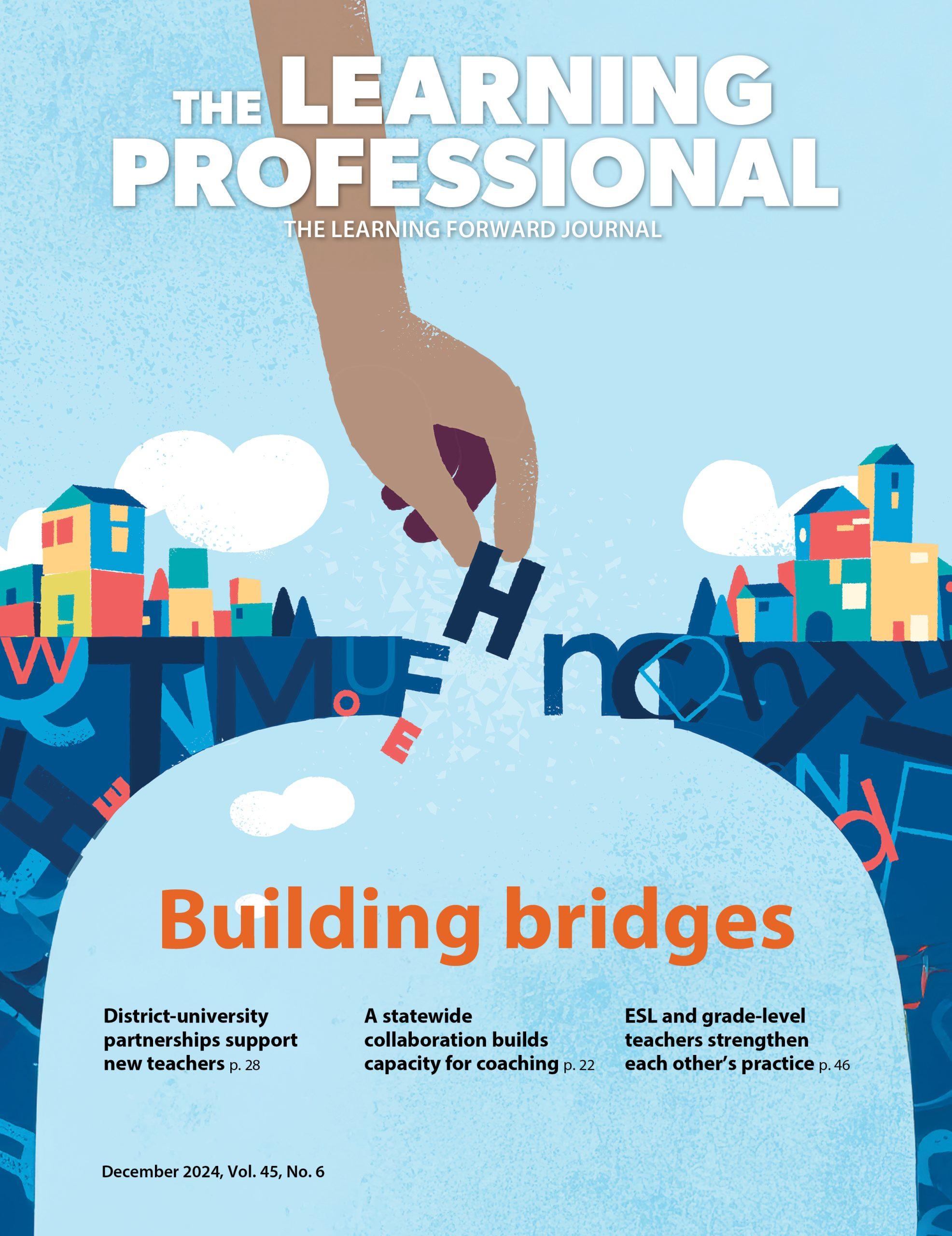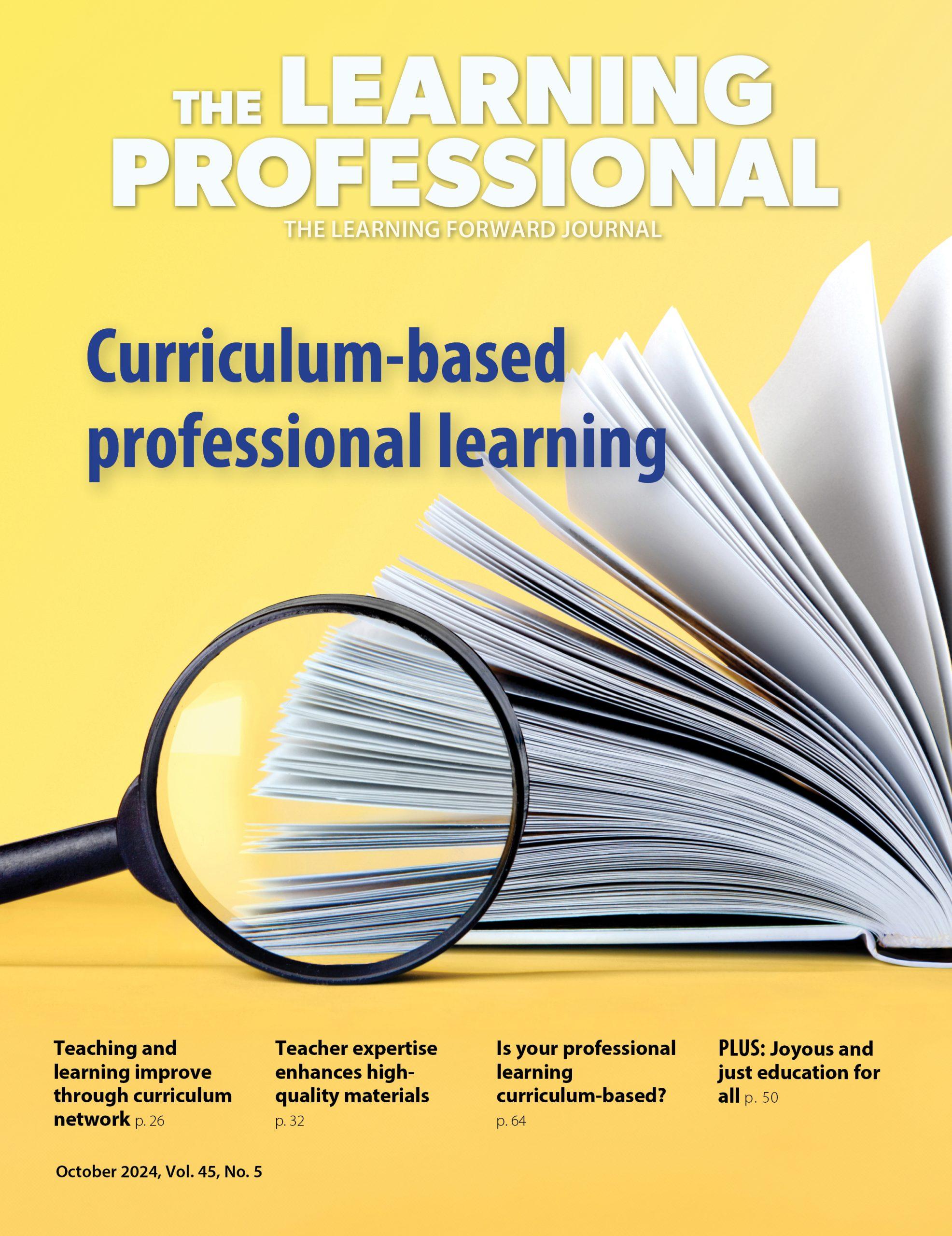FOCUS
Materials matter
Instructional materials + professional learning = student achievement
By David Steiner
Categories: College- and career-ready standards, Instructional materials/curriculumDecember 2018
Vol. 39 No. 6
Read the remaining content with membership access. Join or log in below to continue.
Sed ut perspiciatis unde omnis iste natus error sit voluptatem accusantium doloremque laudantium, totam rem aperiam, eaque ipsa quae ab illo inventore veritatis et quasi architecto beatae vitae dicta sunt explicabo. Nemo enim ipsam voluptatem quia voluptas sit aspernatur aut odit aut fugit, sed quia consequuntur magni dolores eos qui ratione voluptatem sequi nesciunt. Neque porro quisquam est, qui dolorem ipsum quia dolor sit amet, consectetur, adipisci velit, sed quia non numquam eius modi tempora incidunt ut labore et dolore magnam aliquam quaerat voluptatem.
References
Berner, A. (2018, August 2). Curriculum and education policy [Web log post). Available at https://edexcellence.net/articles/curriculum-and-education-policy.
Borman, G.D., Dowling, N.M., & Schneck, C. (2008). A multisite cluster randomized field trial of Open Court Reading. Educational Evaluation and Policy Analysis, 30(4), 389-407.
Boser, U., Chingos, M., & Straus, C. (2015). The hidden value of curriculum reform. Washington, DC: Center for American Progress.
Chiefs for Change. (2017, August 10). Hiding in plain sight: Leveraging curriculum to improve student learning. Washington, DC: Author.
Chiefs for Change. (2018, June 6). Statement on the need for high-quality curriculum. Washington, DC: Author.
Common Core. (2009). Why we’re behind: What top nations teach their student but we don’t. Washington, DC: Author.
Duval County Public Schools. (2018, June 27). Duval County Public Schools gain 14 overall points, close in on “A” grade. Jacksonville, FL: Author.
Hirsch, E.D. (2016). Why knowledge matters: Rescuing our children from failed educational theories. Cambridge, MA: Harvard Education Press.
Hirschhorn, D.B. (1993). A longitudinal study of students completing four years of UCSMP mathematics. Journal for Research in Mathematics Education, 24(2), 136-158.
Hoskinson, C. (2015, June 23). Online Common Core courses to save Duval schools $10M over two years. Available at https://news.wjct.org/post/online-common-core-courses-save-duval-schools-10m-over-two-years.
Instruction Partners. (2017). What does it take to implement a strong curriculum effectively? Part one: What do we know about the experience of schools implementing rigorous curricula? Nashville, TN: Author.
Jackson, K. & Makarin, A. (2018). Can online off-the-shelf lessons improve student outcomes? Evidence from a field experiment. American Economic Journal: Economic Policy, 10(3), 226-254.
Kane, T., Owens, A., Marinell, W., Thal, D., & Staiger, D. (2016). Teaching higher: Educators’ perspectives on Common Core implementation. Cambridge, MA: Center for Education Policy Research, Harvard University.
Kaufman, J.H., Davis, J.S., Wang, E.L., Thompson, L.E., Pane, J.D., Pfrommer, K., & Harris, M. (2017). Use of open educational resources in an era of common standards. Santa Monica, CA: Rand Corporation.
Kaufman, J., Thompson, L., & Opfer, V.D. (2016, September). Creating a coherent system to support instruction aligned with state standards: Promising practices of the Louisiana Department of Education. Arlington, VA: RAND Corporation.
Koedel, C. & Polikoff, M. (2017). Big bang for just a few bucks: The impact of math textbooks in California. Evidence Speaks Reports, 2(5), 1-7.
New York State Education Department. (n.d.). Engage NY. Available at www.engageny.org.
OECD. (2013). PISA 2012 Results: Excellence through equity (Volume II). Paris, France: Author.
Opfer, V.D., Kaufman, J., & Thompson, L. (2016). Implementation of K-12 state standards for mathematics and English language arts and literacy: Findings from the American Teacher Panel. Santa Monica, CA: RAND Corporation.
Pondiscio, R. (2017). Louisiana threads the needle on ed reform: Launching a coherent curriculum in a local-control state. Education Next, 17(4). Available at www.educationnext.org/louisiana-threads-the-needle-ed-reform-launching-coherent-curriculum-local-control.
Smith, L.J., Ross, S.M., Faulks, A., Casey, J., Shapiro, M., & Johnson, B. (1993). 1991-1992 Ft. Wayne, Indiana SFA results. Memphis, TN: Center for Research in Education Policy.
Steiner, D. (2017). Curriculum research: What we know and where we need to go. StandardsWork. Available at https://standardswork.org/wp-content/uploads/2017/03/sw-curriculum-research-report-fnl.pdf.
Taylor, J.A., Getty, S.R., Kowalski, S.M., Wilson, C.D., Carlson, J., & Van Scotter, P. (2015). An efficacy trial of research-based curriculum materials with curriculum-based professional development. American Educational Research Journal, 52(5), 984-1017.
The Aspen Institute. (2018). Improving access to high-quality instructional materials. Washington, DC: The Aspen Institute.
TNTP. (2018). The opportunity myth. New York, NY: Author.
Toon, D. & Jensen, B. (2017). Teaching our teachers a better way: Using K-12 curriculum to improve teacher preparation. Melbourne, Australia: Learning First.
Whitehurst, G. (2009, October). Don’t forget curriculum. Brown Center Letters on Education, 12.
Zucker, A.A., Tinker, R., Staudt, C., Mansfield, A., & Metcalf, S. (2008). Learning science in grades 3-8 using probeware and computers: Findings from the TEEMSS II project. Journal of Science Education and Technology, 17(1), 42-48.
Categories: College- and career-ready standards, Instructional materials/curriculum
Recent Issues
NAVIGATING NEW ROLES
April 2025
Whether you’re new to your role or supporting others who are new,...
LEARNING DESIGNS
February 2025
How we learn influences what we learn. This issue shares essential...
BUILDING BRIDGES
December 2024
Students benefit when educators bridge the continuum of professional...
CURRICULUM-BASED PROFESSIONAL LEARNING
October 2024
High-quality curriculum requires skilled educators to put it into...
